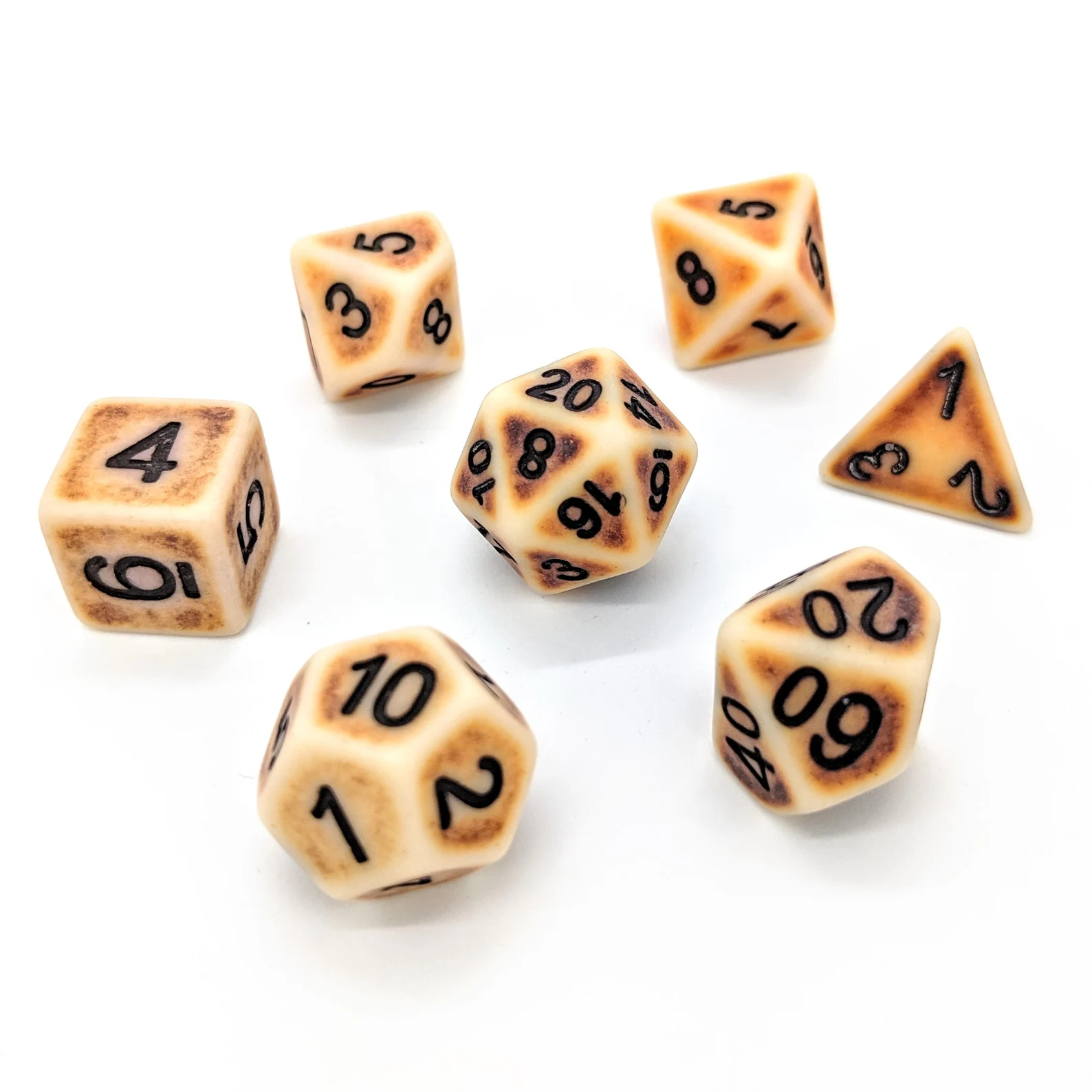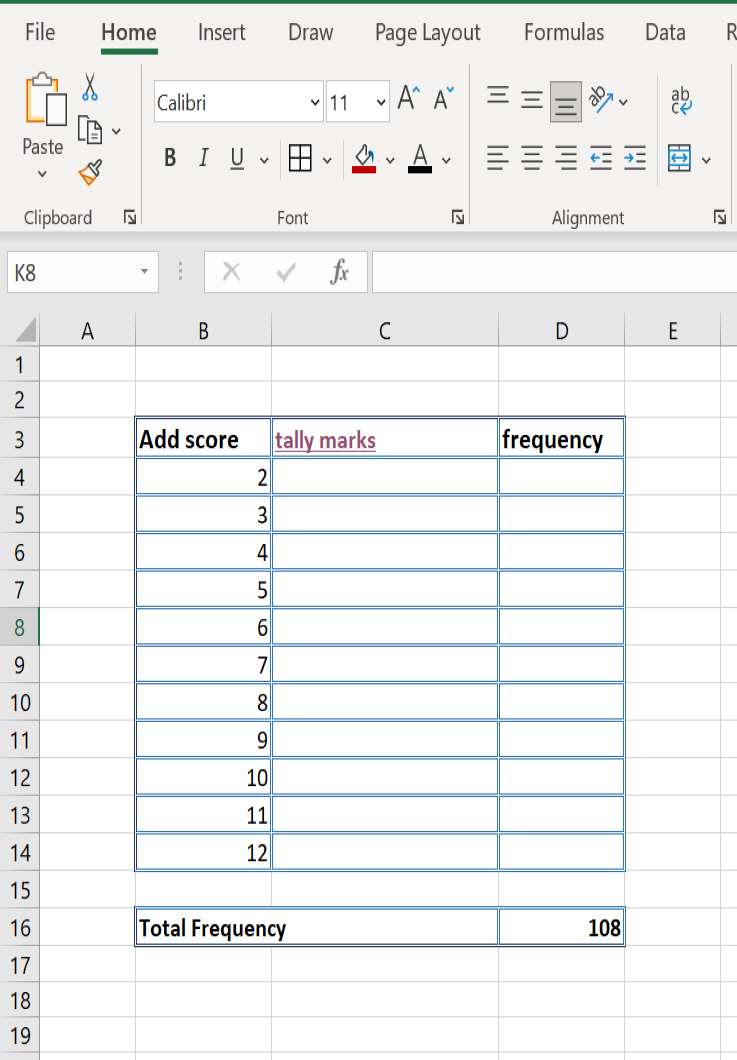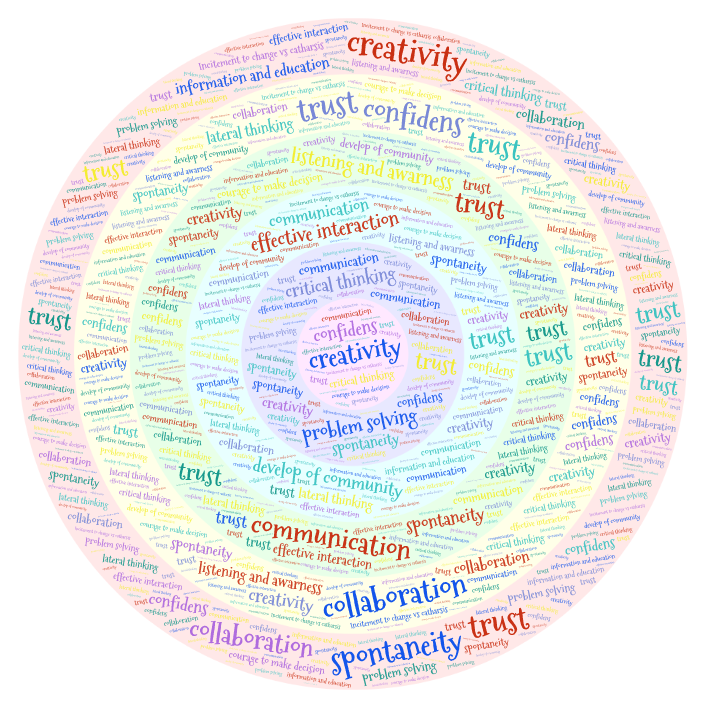Math miniMOOC: Museums resources to teach Mathematics /Mathematics behind the games
Diagrama de temas
-

The MiniMooc use several STEAM methodology as Object Based Learning Method, task learning, Multidisciplinary learning and use the game as tool for learning.
It allows students to develop some skills like:
- communication in English, critical thinking, creativity, collaboration, problem-solving, analysis of the situation and to find the most convenient strategy of approaching.
- digital skills-working with Excel, creating formulas , sorting and analyze data, creating bars, mathematical reasoning.
The objectives of the course are:
- to adapt the student with the concept from the theory of probability
- to adapt the students with Excel: collecting data, creating tables, creating formulas, creating graphs
- to allow the students creativity to flow in creating their own game but using the principle of the game
- to imbued the mathematics in games, to engage students in looking for solutions.
- to create develop strategies for win-win situation and to promote collaboration and communication
The game as a learning tool
This lesson aims to use games to develop new knowledge and skills and why not to change behaviors . The games create a context, give the player an objective related with a business or a situation that the player find himself in . The player became actively involve into scenario and work to find solutions to achieve the objective.
The games offer the possibility to player to apply strategies they read about or try their own strategies with out impact in real life .
The game make the player as central character who takes decisions, take control and all the actions affect direct the player. The consequences of the decision are experienced of the player became captivated in the story , eager to win. This create a strong emotional connection to improve, to learn to master to knowledge to succeed.The impact of museum in learning
Moving the classroom in the museum open new learning perspectives to students because the taught subjects became alive through sensorial literacy. Students can see, touch, hear, smell -absorb information through senses in this way enhancing the conceptual understanding. We are talking here about object-based learning a method that stimulate curiosity , insightful and critical observation, develop the abilities to make interdisciplinary connection between the concepts beyond the bounds of taught subjects. These builds lateral thinking and develop skills as problem-solving with wide application in professions.
-
Please self-create an account if you want to post something - we would appreciate any comments of suggestions or questions (just note that project ended in August 2022 and it may take time for us to respond).
-
The game theory and the mathematics behind this lesson
Target group :+14 👩👩👦👦
Subjects: mathematics, technology, art
Game theory is the mathematical study of situations of conflict of interest. As such it is applicable not only to parlour games (hence its name), but also to military and economic situations, and, to a lesser extent, to situations in other social sciences. Game theory studies three general phases in the process of interaction: the choice of strategies, the formation of coalitions, and bargaining within coalitions.
As concerns ethics, game theory is useful as an arbitration technique for bargaining problems and, in distributive justice, for allocating the gains from cooperation. Conversely, it can be used to design rules (e.g., assignment of weights for voting in a parliament whose members represent constituencies of different sizes) so that normal play of a game will lead to a fair outcome.
-
In this part the students are engaged in a game that has grounded on mathematical concepts. The first part the students play with competitive strategies. The second part the students are invited to find a win-win strategy. They are invited to find the key of this strategy.
Organization: groups of 3-4 students in order to collaborate to find the best strategy.
Each group has 3 cards ( black, red, yellow). The groups must put a card on the table in order to earn points. The idea with the group game is to promote collaboration and discussion in group to obtain the best result.
· Red is 4 point
· Black is -4 points
· Yellow is 0 points, but:
- in combination with red, the value of red will decrease by 2 points
- in combination with red, the value of black will increase by 2 points
The gain of points is like in the table:
red
yellow
black
red
4,4
2, 0
4 ,-4
yellow
2,0
0,0
0,-2
black
-4,4
-2,0
-4,-4
Ex: if first group put down red and the other yellow – the first group has 4-2 =2 points and the second group 0 points
-
Two groups in room play the game .
-
In this part the groups will find a win-win strategy. In this strategy, there is an important element . What is this element?
-
Only registered users can provide feedback, so if you would like to provide it, please create an account in the login page (top right of the page)
-
In this section the mathematical behind the game is revealed and students are invited to to some activities to understand the mathematical behind the game. They make generalization, make analyzes, calculate probabilities, and settle several concepts from the Theory of Probabilities.
-
Discussion on the topics
- What mathematical concept can you find in this game?
- How many possibilities are to combine the cards of the two groups?
- Is it possible to find the strategy to be a win-win result?
- Is it possible to calculate the points for each group in a win-win strategy? If yes make an analyze calculate the total points of each group in a win-win strategy.
- What is the probability for a win-wind strategy.
- How many possibilities could be if there are 4 cards for each group?
- But if there are n cards in each group?
-
Mathematical Concepts used in Theory of Probability
The game has as ground some mathematical concepts from Probabilities such as:- probability
- event
- independent event
- dependent event
- frequency
- https://www.onlinemathlearning.com/frequency.html,
- https://www.splashlearn.com/math-
-
Only registered users can provide feedback, so if you would like to provide it, please create an account in the login page (top right of the page)
-
-
This part is an immersion in history to the beginning of humanity. The games are related with the evolution of humans so we go back to discover the first games and the purpose of their emergence. there are two objects of studies: the game as an instrument of development and the dice as an instrument for games. In the first part we explore the first games and in the second part explore the first dices and how they were used.
There are some tasks:- the students make an experiment to better understand the mathematics behind the games
- study the potential games to develop mathematical competencies and skills
- The students are invited to reflect to the future and to anticipate the games of the future.
Evolution of game in time
According to archaeologists, games existed before the written history of the world being the oldest forms of social interaction between people. Through games, people use and develop their imagination, physical skills or intellectual capacity. There are some common features of games as a set of rules, the elements of chance and fictions, established goals, competition, uncertain results, entertainment. Games reflect various images of society at a certain historical point. During the time, the games are related with social and cultural events, used as teaching tools or sign of a social status. Some games have religious significance, becoming religious rituals such as Senet or Balls Games developed by MesoAmerican indigenous, other games teach spiritual, ethical and social norms like Mansion of Happiness or Gyan Chauper , other are deigned to develop strategical thinking Shatranj, Go and later Chess etc
The oldest games' instruments were dice (singular die) .They were /are used to generate random values for paying board games, role-play games, game of chance, rituals as fortune telling. In museum of Mesopotamian can you explore the first dice
-
There are described two games from ancient Greece.
Resource: https://www.getty.edu/education/college/ancient_rome_at_home/pdf/tali_tesserae_game.pdf
-
The students explore the some ancient dice like Romans’, Egyptians dice. They choose one type of dice and start the experiment
-
Facts about dice: dice is the plural, the singular is die!
Experiment:
The students explore the some ancient dice like Romans’, Egyptians dice. They choose one type of Egyptians dice, show the picture below, and start the experiment.
Method:
Throw 2 dice together 108 times.
Add the score each time.
Record the score in a table created in Excel. Start to create the at cell B2, like in example bellow. Use tally marks to record data
Draw a bar graph
 to illustrate the results.
to illustrate the results.
-
Use your imagination and knowledge about our society and tendency of evolution of our society and try to look in the future. 👁️
Task: create a video or a written document with groups reflection and results after discussion.
Organization :Groups of 4-5 students
Discuss this topics:
- the game of the future-the evolution of the games as you perceive
- what features of the future society mirror the games
- what skills are developed through these types of games
- do play we games in real life? can you find example? Identify the purpose, the rules, the strategies.
-
Only registered users can provide feedback, so if you would like to provide it, please create an account in the login page (top right of the page)
-
This part is the non-formal part of the course where students are invited to leave their creativity free and to create their own game. The game should respect the game technique. The students create a context- a story, a plot, the rules of the game, the rules of interaction between participants, the objects of the game and use dice.
-
Organization: group of 4-6 students
Design the context, the story and create your own game. For this there is a base that should be create: the name of the game, the story, the rules of the game, eventually -the characters, indicate the purpose of the game , the plot, challenges , the rules of interaction in the game, the target group.
Instrument: dice
-
Only registered users can provide feedback, so if you would like to provide it, please create an account in the login page (top right of the page)
-
-
Students are provided with a self-evaluation questionnaire (attached below) to test themselves and the activity as well. The aim is to make the students able to express their general impression. Particularly, questions from 1 to 6 are related to what they learned; questions from 7 to 16 are related to the different skills developed; questions from 17 to 19 are related to the satisfaction and improvement suggested by the students.
The same aspects are checked by an evaluation grid based on the teacher observation (also attached below).
Thank you for participation!

-
-
Let's talk about your impressions about the museums